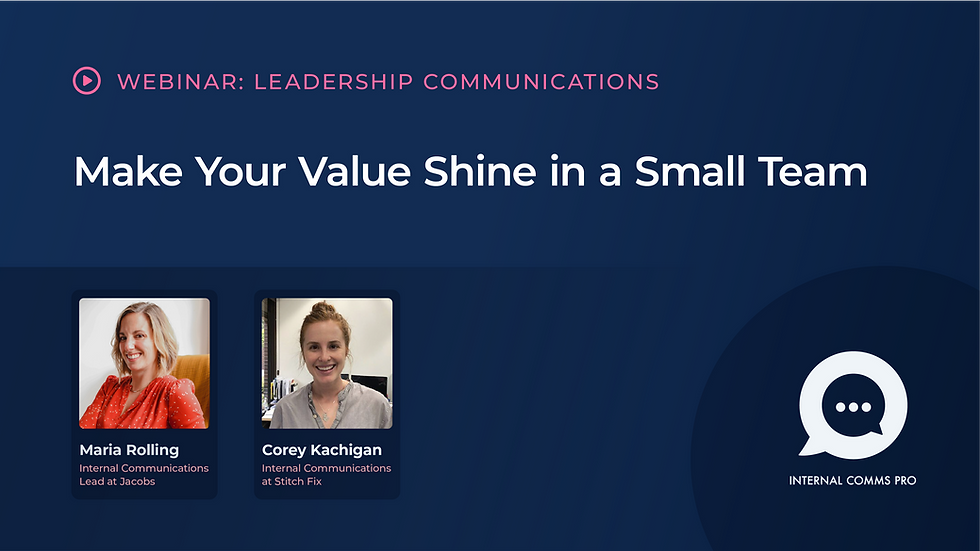George Washington’s Backstory: The content trick to evoke emotion & memory
- joe04192
- Feb 17, 2020
- 4 min read
Updated: Feb 18, 2020

Today is Presidents' Day, a day that originated in celebrating our first president’s birthday, George Washington. Being a history minor, (I always wanted to be a history teacher), I find myself digging into the backstory behind everything.
Take Presidents' Day, for example, just google it - there is a whole backstory behind this very day. Did you know there are states that do not celebrate Presidents' Day?
Anyway, let’s go back to where the day originated with good ol’ George Washington. When I say the words, “George Washington” what comes to mind? For me, I think of our country’s flag, a white wig, the cherry tree story of, “I cannot tell a lie.”
The Cherry Tree Story is a lie
The backstory of “I cannot tell a lie” well, is a lie according to the MountVernon.org website. “Ironically, this iconic story about the value of honesty was invented by one of Washington’s first biographers, an itinerant minister, and bookseller named Mason Locke Weems. After Washington’s death in 1799 people were anxious to learn about him, and Weems was ready to supply the demand. As he explained to a publisher in January 1800, “Washington you know is gone! Millions are gaping to read something about him…”

Backstories drive emotion and trigger memory
How do you feel about that story now? You see, backstories have the power to drive emotion and trigger memory. Yep, your audience, employees, remember stories.
Washington's backstory - raised by a single mother
Let’s get the backstory of our OG founding father. Did you know George Washington was raised by a single mother? His father died at age 11 and Washington’s knack for discipline, business sense, and work ethic are credited to his mother who ran the family tobacco farm in Virginia. Later these skills served Washington as he transformed his militia into a well-trained regiment.
His slave was his #1 confidant
More back story on Washington highlights his confidant during the Revolutionary War, his slave, William (Billy) Lee. The History Channel’s “Washington Series” (currently running), states that “Billy gets more than a footnote in the history books.” Without Billy, who knows how the Revolutionary War would have ended. This is a backstory I’d love to hear. According to Washington’s will, Lee was the only one of the Mount Vernon slaves to be freed after his death “as a testimony to my sense of his attachment to me, and for his faithful services during the Revolutionary War.”

Escaping 3 Bullets
One more figure starring in the cast of George Washington’s life: General Braddock. General Braddock allowed Washington to serve as an advisor on 1755 expedition to seize Fort Duquesne in western Pennsylvania from the French. George Washington tried to warn Braddock of the new terrain in the “Ohio Country” but Braddock would not listen. Seized by an ambush, Braddock along with 45 British officers were mortally wounded, leaving Washington named the war hero who lived despite 3 bullets brazing through his uniform coat. Wouldn’t you love to dive deeper into the 3 bullet story?
These backstory bullets connect us to George Washington in ways we might not have considered. Now when I say the words “George Washington” - what do you feel knowing part of his backstory? For me personally, the fact that he was raised by a single mom strengthens my connection to him given that I am a single mom.
Dig for the core nuggets in your backstories
Steve Crescenzo, the owner of Crescenzo’s Communications, gives a great talk on how to tell stories better. He is always urging communicators to tell better stories. (Look him up, he and his wife, Cindy offer amazing services to help communicators).
In a recent talk he gave at the Advanced Learning Institutes (ALI) Strategic Comms Conference, he gave examples of how communicators just stop short of getting the real gem or nugget of the story. He encouraged communicators to dig for those core issues because at the core is where people connect. And as internal communicators, we can dive into the backstories of our employees, policies, leadership, etc.
Follow these tips when digging into a backstory:
Ask “why” then ask “why” again and again and ask “Why is that important to you?”
Wait. Allow for silence while you conduct interviews. Give employees time to think when telling their stories and answering your questions. Refrain from filling this quiet, intimate space with words.
Phrases like, “Tell me more” or “Go on '' are useful in pushing to the core.
Use the backstory technique to explain the why behind a new policy or a controversial decision to promote understanding among employees.
I also like this article from The Storytelling Nonprofit: 25 questions to ask to get the story.
I cannot tell a lie, backstories are an excellent technique to evoke emotion and in the end, place important information in the memories of your employees.
For more tips like this, visit our resource library. You might have to put in your email address to join our community, but it's free to access and has over 50 beautiful pdf downloads from top icpros.




Comments